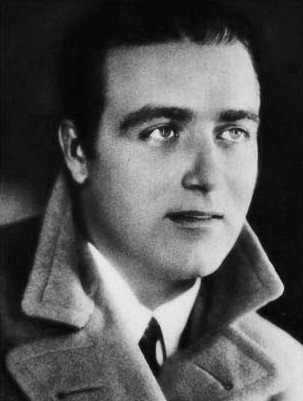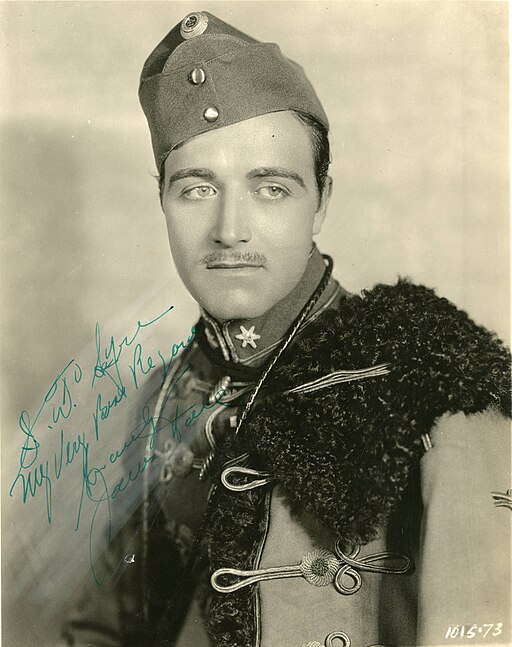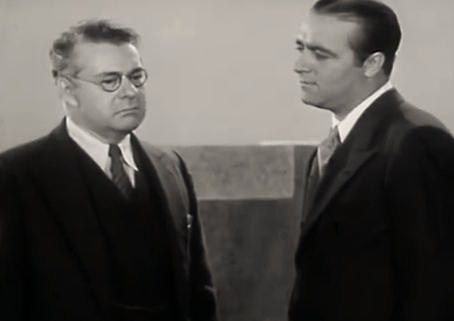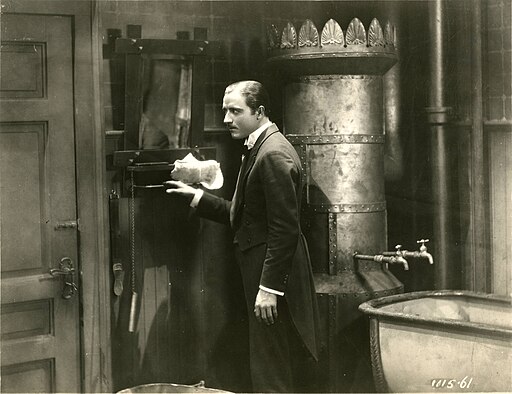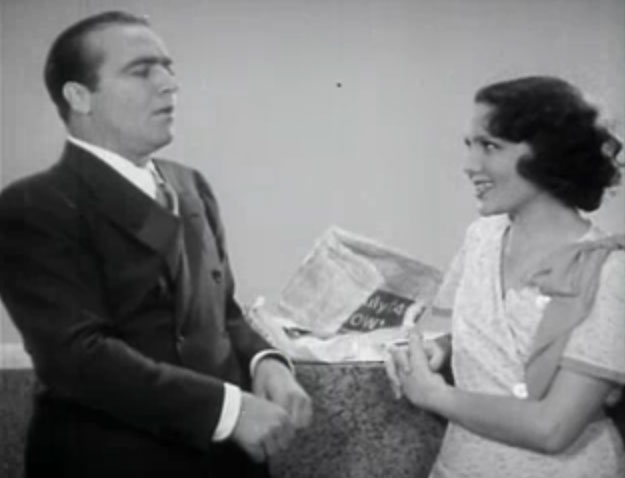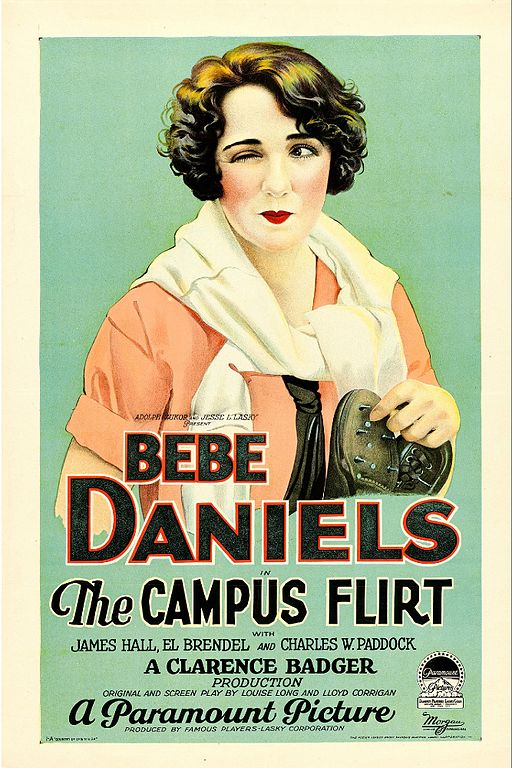James Hall
back| Full Name | James E. Brown |
| Stage Name | James Hall |
| Born | October 22, 1900 |
| Birthplace | Dallas, Texas, USA |
| Died | June 7, 1940 |
| Buried | Hollywood Forever Cemetery, Los Angeles, California, USA |
| Married to | Irene Gardner (married 1927, divorced) |
| Children | Unknown |
| Notable films | Hell's Angels (1930) - The Clock-Eyed World (1929) - War Nurse (1930) |
James Hall
The Dashing Darling of the Silent Screen
James Hall's career peaked in the late 1920s and early 1930s. He appeared alongside some of the era's most famous actresses, including Jean Harlow. His career, however, began to decline with the advent of sound films, partly due to changing audience tastes and the evolution of the film industry during that period.
Despite a relatively short career span, Hall made a notable impact with his performances in several key films of the early sound era. His life was marked by a rapid rise to fame followed by a swift and tragic decline, culminating in his early death at the age of 39.
Related
James Hall (1900 – 1940)
Biography and Career Overview
James Hall, born as James E. Brown on October 22, 1900, in Dallas, Texas, was a prominent American actor whose career reached its zenith during the late silent film era and the transition to sound films. His journey from Texas to the silver screen encapsulates a tale of early Hollywood glamour, fleeting fame, and personal challenges.
Early Life and Career Beginnings
Growing up in the early 20th century in Dallas, James was captivated by the burgeoning film industry. His fascination with cinema led him to pursue acting, a decision that eventually took him to Hollywood. There, he began his career in silent films, quickly establishing himself as a charming leading man. His handsome features and compelling screen presence caught the attention of major studios, setting the stage for a promising career in motion pictures.
Rise to Fame
James Hall's breakthrough came with roles in several significant films. By the late 1920s, he was a recognized name in Hollywood, starring in films that capitalized on his all-American looks and acting prowess. His most notable performance came in Howard Hughes's ambitious aviation epic, "Hell's Angels" (1930). The film was a monumental success, and James's role alongside Jean Harlow catapulted him to stardom. He also starred in "The Cock-Eyed World" (1929), which further cemented his status as a leading man in early sound cinema.
Personal Life and Marriages
Despite his professional success, James's personal life was fraught with challenges. He married Irene Gardner in 1927, but their marriage was tumultuous and ended in divorce. Details about his family life, including children, are scant, suggesting that his personal life remained relatively private or undocumented in the glare of Hollywood's spotlight.
Passions and Interests
James was known for his love of the arts, particularly film and theater. He was passionate about improving his craft and appeared eager to transition successfully from silent films to talkies. However, the rapid changes in the film industry and his struggles to adapt his acting style to sound films began to impact his career adversely.
Decline and Death
As the 1930s progressed, James Hall's star began to wane. The industry's shift toward sound films, coupled with personal issues, led to a decline in his career. He struggled to find substantial roles, and his public visibility diminished. Tragically, James Hall died young at the age of 39, on June 7, 1940. The cause of his death was reported as cirrhosis, a consequence of chronic alcoholism, which had plagued him during the latter years of his life. He was buried in Hollywood Forever Cemetery, leaving behind a legacy of early cinematic achievements and a life marked by rapid rises and equally swift declines.
Analysis of the Acting Style of James Hall:
James Hall's acting style, like many of his contemporaries transitioning from silent films to the early sound era, was shaped by the demands and conventions of silent cinema but adapted to accommodate the new technical demands of talking pictures. His performances reveal a blend of the expressive physicality characteristic of silent film actors and a burgeoning awareness of the nuances required by sound.
Silent Film Era
In silent films, actors relied heavily on facial expressions, body language, and gestures to convey emotions and narrative details, as they could not use their voices to express dialogue or subtleties of mood. Hall was known for his handsome, All-American looks, which made him a natural choice for romantic leading roles. He possessed a charismatic screen presence that translated well to the silent screen, where the visual was paramount. His performances often incorporated broad, yet impactful gestures that could convey complex emotions to the audience without words. This ability to emote visibly made him a compelling actor during the silent film era.
Transition to Sound Films
With the advent of sound, Hall had to adjust his style to include verbal delivery, which required a different skill set. Early sound films often had static cameras and limited microphone technology, which meant that actors needed to moderate their physical movements while projecting their voices clearly and expressively. Hall's transition into sound films showcased his adaptability. In films like "Hell’s Angels," he demonstrated his capacity to blend his strong visual acting with spoken dialogue, managing to convey the emotional depth and intensity of his character through both speech and physical expression.
Performance Analysis
James Hall's acting style in sound films showed an evolution towards a more naturalistic approach, although traces of the theatricality from his silent film days remained. His voice, while not as dominant a feature as his physical acting, carried a sincerity and warmth that suited the romantic and dramatic roles he often played. In his sound films, he tended to speak in a clear, articulate manner, which helped him transition successfully from the silent era's dramatic gestures to more subdued and realistic interactions typical of sound cinema.
Challenges and Legacy
However, like many actors of his time, Hall faced challenges in fully adapting to sound films. The need for more subtle facial expressions and restrained physicality sometimes clashed with the more exaggerated styles perfected during the silent era. Despite these challenges, Hall's performances in both silent and sound films showcased his versatility and helped bridge the gap between the two eras of filmmaking.
In sum, James Hall's acting style exemplifies the transition period in Hollywood cinema. His work offers a fascinating study in how early film actors navigated the significant technological and stylistic shifts of their time. His legacy, while perhaps not as celebrated as some of his peers, provides valuable insights into the evolution of acting techniques from the silent era to the golden age of Hollywood sound films.
Movies featuring James Hall:
Silent Films
- "Rolling Home" (1926) - A drama about the high seas and personal redemption.
- "The Taxi Dancer" (1927) - In this film, Hall plays a secondary role in a tale about a young woman's tumultuous love life.
- "The Campus Flirt" (1926) - A comedy set in a college environment where Hall likely played a role typical of his early career, involving romantic entanglements and youthful settings.
- "Wolves of the Air" (1927) - A story centered around daring pilots and their adventures.
- "The Beloved Rogue" (1927) - Hall appears in a historical drama depicting the life of François Villon.
- "The Little Shepherd of Kingdom Come" (1928) - A Civil War drama based on the novel by John Fox Jr.
- "The Fleet's In" (1928) - A silent comedy-drama about sailors on shore leave.
Transition to Sound Films
- "The Single Standard" (1929) - Hall stars alongside Greta Garbo in a story about a woman seeking love on her own terms.
- "The Saturday Night Kid" (1929) - A romantic comedy where Hall plays the love interest in a love triangle.
- "The Cock-Eyed World" (1929) - Hall appears in this sound film about Marines dealing with life's dramas.
- "The Girl Said No" (1930) - A comedy about a young man's ambitious attempts to win over a woman.
- "Hell's Angels" (1930) - Directed by Howard Hughes, this aviation war film is Hall's most famous role, where he plays alongside Jean Harlow.
- "Maybe It's Love" (1930) - A light-hearted romantic comedy featuring collegiate love and football.
- "War Nurse" (1930) - A drama about the lives of women serving as nurses during World War I.
- "The Runaround" (1931) - A romantic drama about a complicated love affair.
- "The Spirit of Notre Dame" (1931) - This film captures the spirit of college football players facing challenges on and off the field.
- "The Lady Refuses" (1931) - A story of a young woman rising from poverty to high society.
- "Bought!" (1931) - A drama about a woman's struggle with her morals and social climbing.
- "Sinners in the Sun" (1932) - A romantic drama exploring relationships and personal choices under the sunny skies.
- "Sally Bishop" (1932) - A romantic drama based on a popular novel.
- "Strangers of the Evening" (1932) - A mystery involving mistaken identity and a missing corpse.
- "Manhattan Tower" (1932) - This drama focuses on the lives of various individuals within a New York skyscraper, depicting their struggles and interactions.

